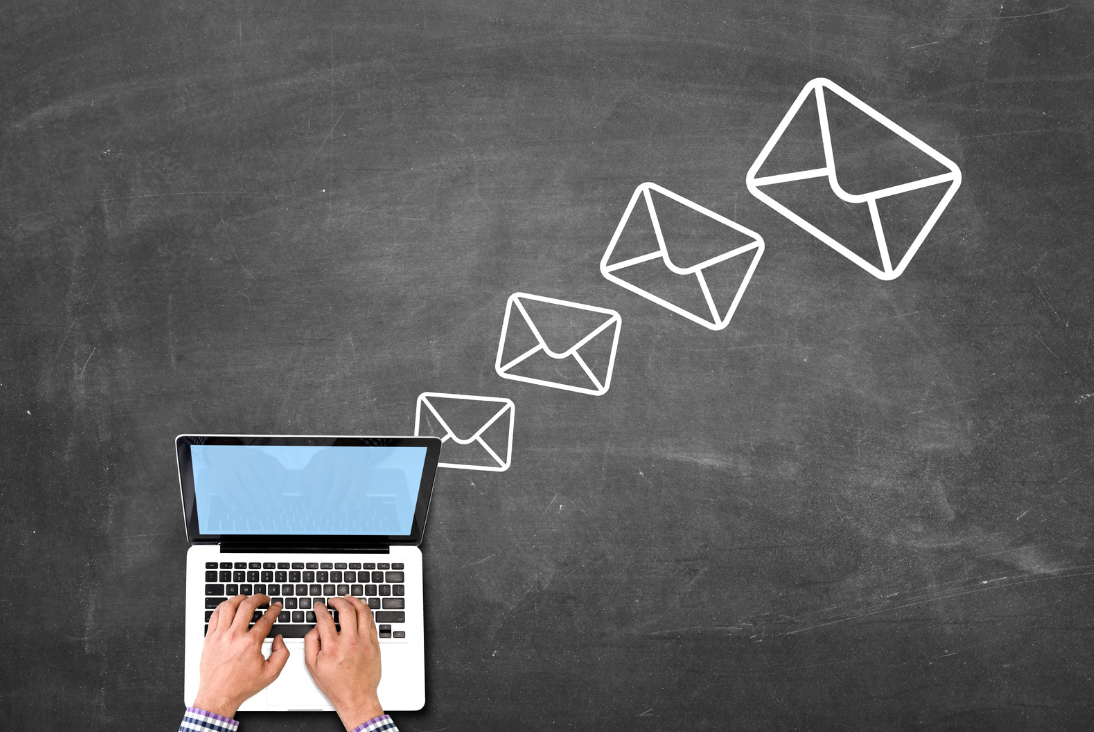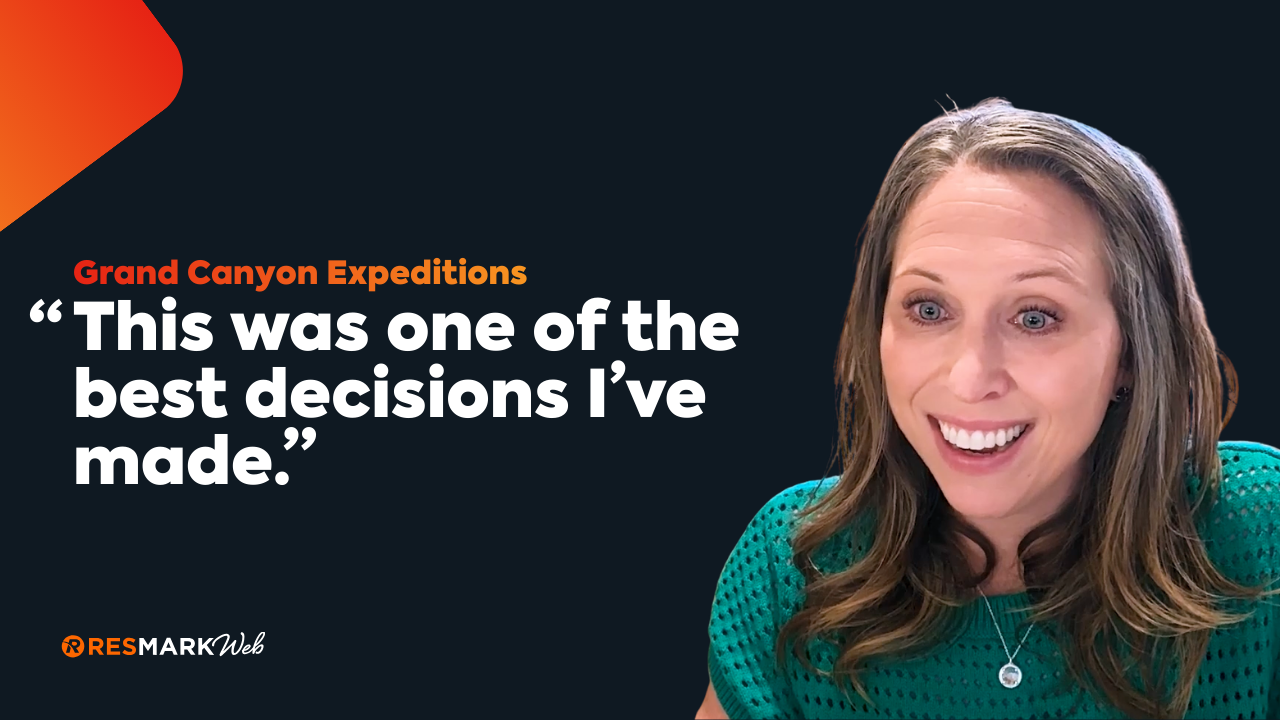Email Marketing for Travel and Tourism Companies
In today’s digital age, email marketing often takes a backseat. However, dismissing email marketing as outdated or ineffective would be a mistake, especially for travel and tourism companies. Contrary to popular belief, email marketing remains a powerful tool for generating leads, nurturing customer relationships, and driving direct sales.
So, in this comprehensive guide, we will dive into the strategies and best practices to help you master email marketing for your tourism business.
- Building Your Email List
- Determining Email Frequency
- Leveraging Automation
- Understanding A/B Testing
- Navigating Email Regulations
- Enhancing Email Deliverability
- Creating Compelling Emails
- Monitoring Email Metrics
- Choosing the Right Email Automation Platform

The Power of Email Marketing
In a landscape crowded with various marketing channels, email marketing has proven to be a resilient and effective strategy. Recent statistics paint a compelling picture: by the end of 2024, email marketing revenue is projected to soar to nearly $12.5 billion. This remarkable figure underscores the enduring power of email as a communication tool and a cornerstone of successful marketing campaigns.
Despite the emergence of newer platforms and technologies, email remains a vital component in reaching and engaging audiences effectively. Its ability to deliver targeted, personalized content directly to individuals' inboxes continues to drive impressive results for businesses across industries, including the dynamic realm of travel and tourism.
Building Your Email List
The foundation of any successful email marketing campaign lies in having a strong email list so that you actually have people to send emails to. While your existing customer and lead base is an excellent starting point, expanding your list is crucial for reaching new prospects. Here are some proven strategies for growing your email list:
1. Utilize Lead Magnets:
Offer valuable incentives such as travel guides, e-books, or exclusive tour discounts in exchange for email sign-ups. This not only attracts potential travelers but also establishes trust and credibility.
2. Run Contests or Giveaways:
Host contests or tour giveaways where participants can enter by subscribing to your email list. Promote these events across your website, social media, and email newsletters to maximize visibility.
3. Optimize Landing Pages:
Design dedicated landing pages with compelling copy and clear calls-to-action to encourage visitors to subscribe.
4. Leverage Social Media:
Promote your email list on social media platforms, leveraging the reach of your profiles to attract new subscribers. Share links to sign-up forms, lead magnets, or exclusive offers to entice followers to join.
5. Host Virtual Events:
Organize virtual events and require attendees to register with their email addresses. Provide valuable insights during these events to incentivize subscription. For example, perhaps you run a rafting company and receive numerous questions from first-time rafters. Host a Q&A session for people who are intrigued but not yet ready to book your services. Social media is a great way to promote these events.
6. Partner with Influencers:
Collaborate with travel influencers or affiliates in your niche to promote your email list to their audience. This can significantly expand your reach and attract more subscribers.
7. Offer Exclusive Benefits:
Provide exclusive benefits to subscribers, such as early access to sales or VIP tour discounts, to incentivize sign-ups.
Determining Email Frequency
Finding the optimal email frequency is a delicate balance that requires careful consideration of your audience's preferences and behavior. While you want to stay top-of-mind with your subscribers, bombarding them with emails can lead to fatigue and increased unsubscribe rates.
On the other hand, infrequent communication may cause your brand to fade into the background.
To strike the right balance, start by experimenting with different email frequencies. Send emails at varying intervals, such as weekly, bi-weekly, or monthly, and closely monitor metrics like open rates, click-through rates, and unsubscribe rates. Pay attention to feedback from your subscribers and adjust your frequency accordingly.
Remember that the quality and relevance of your content are just as important as frequency. Ensure that each email provides value to your subscribers, whether it's through exclusive offers, helpful tips, or engaging storytelling. By maintaining a focus on quality content and actively listening to your audience's preferences, you can find the sweet spot for email frequency that maximizes engagement and minimizes fatigue.
Leveraging Automation
Automation tools are indispensable for streamlining your email marketing efforts and ensuring consistency in your communication strategy. By automating repetitive tasks and workflows, you can save time and resources while delivering timely and relevant messages to your subscribers.
One of the most common uses of automation is setting up welcome emails for new subscribers. These automated messages provide a warm introduction to your brand, set expectations for future communication, and often include a special offer or incentive to encourage engagement.
Transactional emails, such as order confirmations, shipping notifications, and purchase receipts, are another area where automation shines. By automating these communications, you can provide real-time updates to customers without manual intervention, enhancing their overall experience with your brand.
Additionally, consider implementing automated follow-up sequences to nurture leads and re-engage inactive subscribers. By segmenting your audience based on their behavior and preferences, you can deliver personalized content and offers that resonate with each recipient, increasing the likelihood of conversion.
Below is a list of automation tools we recommend you check out:
A/B Testing Your Emails
A/B testing, also known as split testing, is a fundamental practice for optimizing your email campaigns and maximizing their effectiveness. By testing different elements of your emails, such as subject lines, content formats, images, and CTAs, you can gain valuable insights into what resonates best with your audience and drives the highest engagement rates.
Start by identifying the variables you want to test and creating variations of your email content. For example, you might test two different subject lines to see which one generates higher open rates or experiment with different calls-to-action to determine which one leads to more conversions.
When conducting A/B tests, make sure to test one variable at a time to isolate its impact on performance. Split your audience into random segments and send each segment a different version of your email. Monitor key metrics such as open rates, click-through rates, and conversion rates to determine the winning variation.
Navigating Email Regulations
Maintaining compliance with email marketing regulations is essential for building trust with your subscribers and avoiding potential legal consequences. The CAN-SPAM Act, enacted in 2003, sets forth rules and requirements for commercial email messages sent to recipients in the United States.
Key provisions of the CAN-SPAM Act include:
- Providing clear and accurate sender identification: Your emails must accurately identify the sender and include a valid physical mailing address.
- Obtaining consent from recipients: You must obtain permission from recipients before sending them commercial email messages. This can be done through explicit opt-in mechanisms on your website or other channels.
- Offering a clear and conspicuous unsubscribe option: Your emails must include a visible and easy-to-use unsubscribe mechanism that allows recipients to opt out of future communications.
- Honoring opt-out requests promptly: Once a recipient opts out of receiving emails from you, you must honor their request within 10 business days.
In addition to complying with the CAN-SPAM Act, you should also familiarize yourself with other relevant regulations, such as the General Data Protection Regulation (GDPR) in the European Union. GDPR imposes strict requirements for data protection and privacy, including rules for obtaining consent, handling personal data, and providing transparency to individuals.
By understanding and adhering to email marketing regulations, you can protect your brand reputation, maintain positive relationships with your subscribers, and mitigate the risk of legal issues.
Improving Deliverability
Email deliverability refers to the ability of your emails to successfully reach recipients' inboxes rather than being filtered into spam folders or bounced back as undeliverable. Maximizing deliverability is crucial for ensuring that your messages are seen by your intended audience and driving engagement with your email campaigns.
To improve deliverability, check out this blog:
Boosting Email Reach for Tour Operators: The Key to Deliverability.
Crafting Compelling Emails
Crafting compelling emails is both an art and a science, requiring careful attention to both creative elements and data-driven insights. To create emails that capture attention and drive action, consider the following tips:
Start with a strong subject line: Your subject line is the first thing recipients see when they receive your email, so make it compelling and relevant to encourage opens. Use personalization, urgency, curiosity, or a clear benefit to entice recipients to click.
Focus on engaging content: Keep your email content concise, relevant, and visually appealing. Use eye-catching images, compelling copy, and clear calls-to-action (CTAs) to guide recipients through the email and encourage them to take the desired action.
Personalize the experience: Segment your audience based on their preferences, behaviors, and demographics, and tailor your email content to each segment accordingly. Personalization can significantly increase engagement and conversion rates by making recipients feel valued and understood.
Optimize for mobile devices: With a growing number of people checking their email on smartphones and tablets, it's essential to ensure that your emails are optimized for mobile viewing. Use responsive design techniques to adapt your email layout and formatting for smaller screens.
Test and iterate: Continuously test different elements of your emails, such as subject lines, content, CTAs, and sending times, to identify what resonates best with your audience. Use A/B testing and analytics data to refine your strategies and improve performance over time.
Monitoring Key Metrics
Track and analyze key performance metrics to measure the effectiveness of your email marketing campaigns and inform strategic decision-making. Essential metrics to monitor include open rates, click-through rates, conversion rates, bounce rates, unsubscribe rates, and revenue generated.
Segment your data to gain deeper insights into the behavior and preferences of different audience segments, allowing you to personalize your approach and optimize campaign performance. Set clear goals and benchmarks for each metric based on your objectives and industry benchmarks, then regularly review and analyze the data to assess progress and identify opportunities for improvement.
By continuously monitoring key metrics, you can identify trends, capitalize on opportunities, and address challenges, maximizing the ROI of your email marketing efforts.
Choosing the Right Email Marketing Platform
If you're utilizing Resmark Systems as your booking software, ensure you're taking full advantage of CruiseControl. With Resmark’s CruiseControl, you have access to automate communications to customers, guests, and captured leads. This feature enables automatic triggering of reservation confirmations, follow-up emails, pre-trip reminders, payment notifications, packing lists, signature requirements, and post-trip review requests.
Using Resmark CruiseControl not only provides visibility into when automated emails were dispatched to customers and guests but also offers a comprehensive record of all messages received by each contact. Additionally, you can track which emails were opened and which links were clicked, offering valuable insights for both sales and customer service endeavors.


